The city’s renowned artistic institutions – the likes of the Museum of Fine Arts and the Institute for Contemporary Art – are busy building rich and varied collections of 21st-century art. Smaller venues are supporting artists-in-residency and other experimental programs. And, at a grassroots level, the streets of the South End are lined with studios and galleries where local creatives are hard at work, making their contributions to bold, new artistic movements. Boston has busted out of its conservative reputation and established itself, for the first time in more than a century, on the cutting edge of contemporary art and culture.
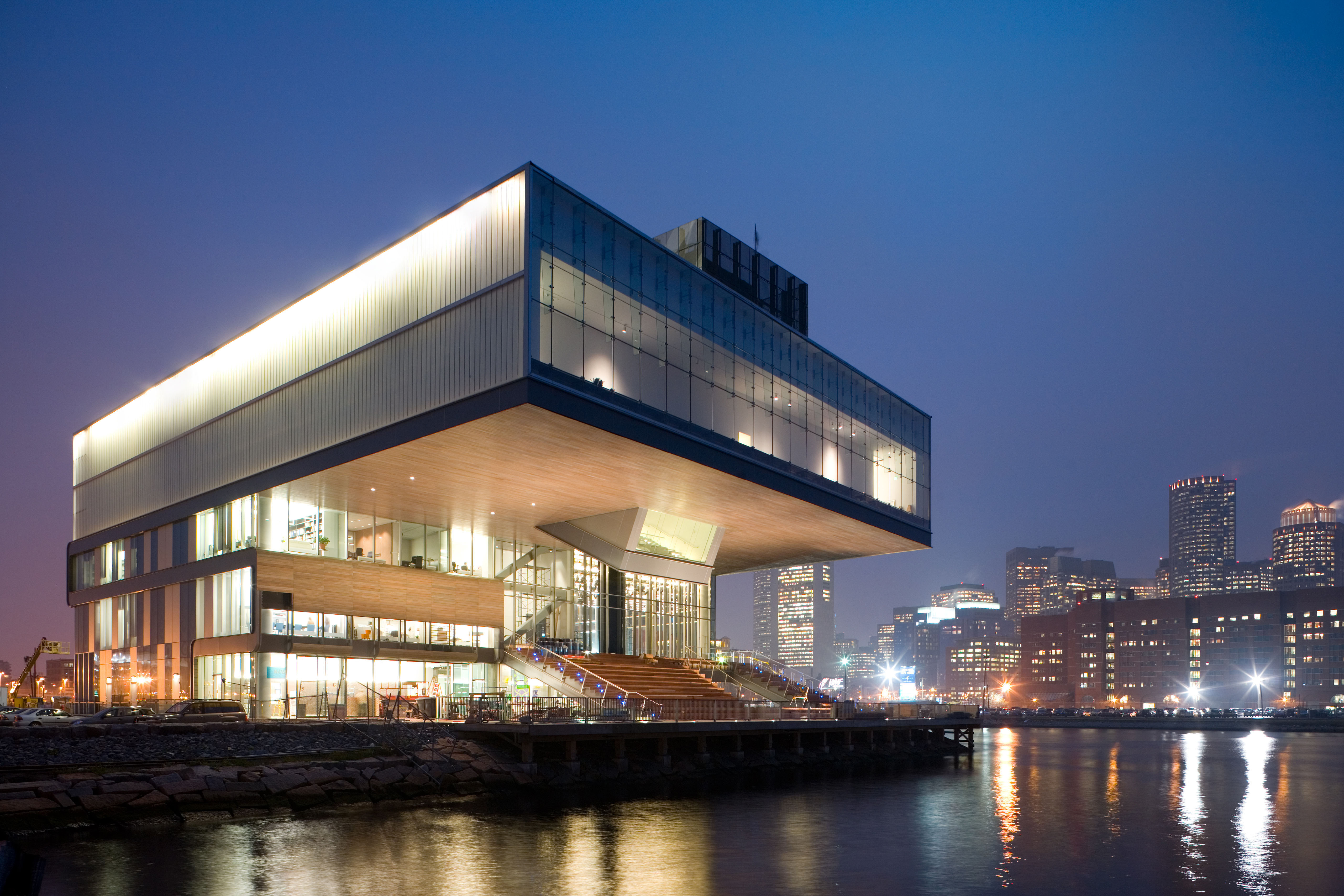
When it comes to art, the star of the contemporary show is the ICA. Featuring all manner of new media – from recycled materials to street art to sound and video – the cutting-edge exhibits are diverse and daring. Although the ICA is 75 years old, it is only in recent years that the institute has begun to develop a permanent collection. It's not large, but it is continuously expanding, and every year offers a new installation of recent acquisitions.
The building is also as much an attraction as the art. The glass structure is cantilevered over a harborside plaza, and skilfully melds the gallery into its waterfront location. In the Founders Gallery, which spans the width of the building, a glass wall removes any barrier between viewer and the surrounding seascape.
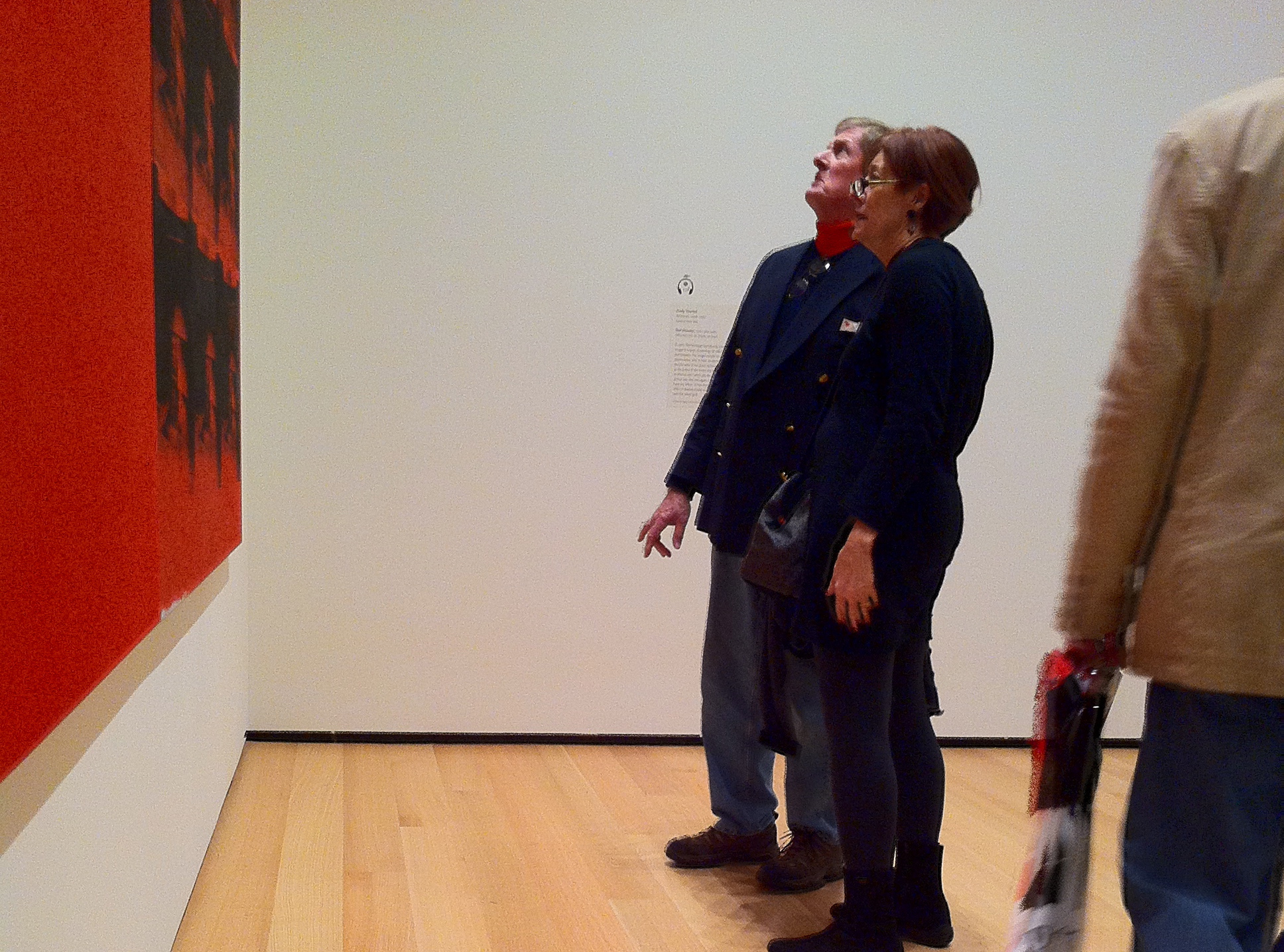
Sitting majestically along the Fenway, the Museum of Fine Arts is the city’s premier art venue, with work from all eras and all areas of the globe. The museum has many strengths, including an impressive collection of impressionist and post-impressionist paintings, and the truly remarkable Art of the Americas wing, which spans the centuries from pre-Columbian to modern eras. However, since 2011, the entire west wing – the Linde Family Wing for Contemporary Art – has been devoted to the here and now. Or, at least the now.
The Linde Wing is organized by theme, with galleries devoted to decorative arts, film and video, and portraiture. The soaring Cohen Galleria is ideal for large-scale installations. The collection itself is not huge, but it does include some real gems, including an exploration of Modernism by local boy Josiah McElheny, sculpture by Doris Salcedo and several fantastic pieces by glass artist Dale Chihuly. The darling of museum patrons is Black River, a fantastic woven tapestry of discarded bottle caps, by Ghanaian artist El Anatsui.
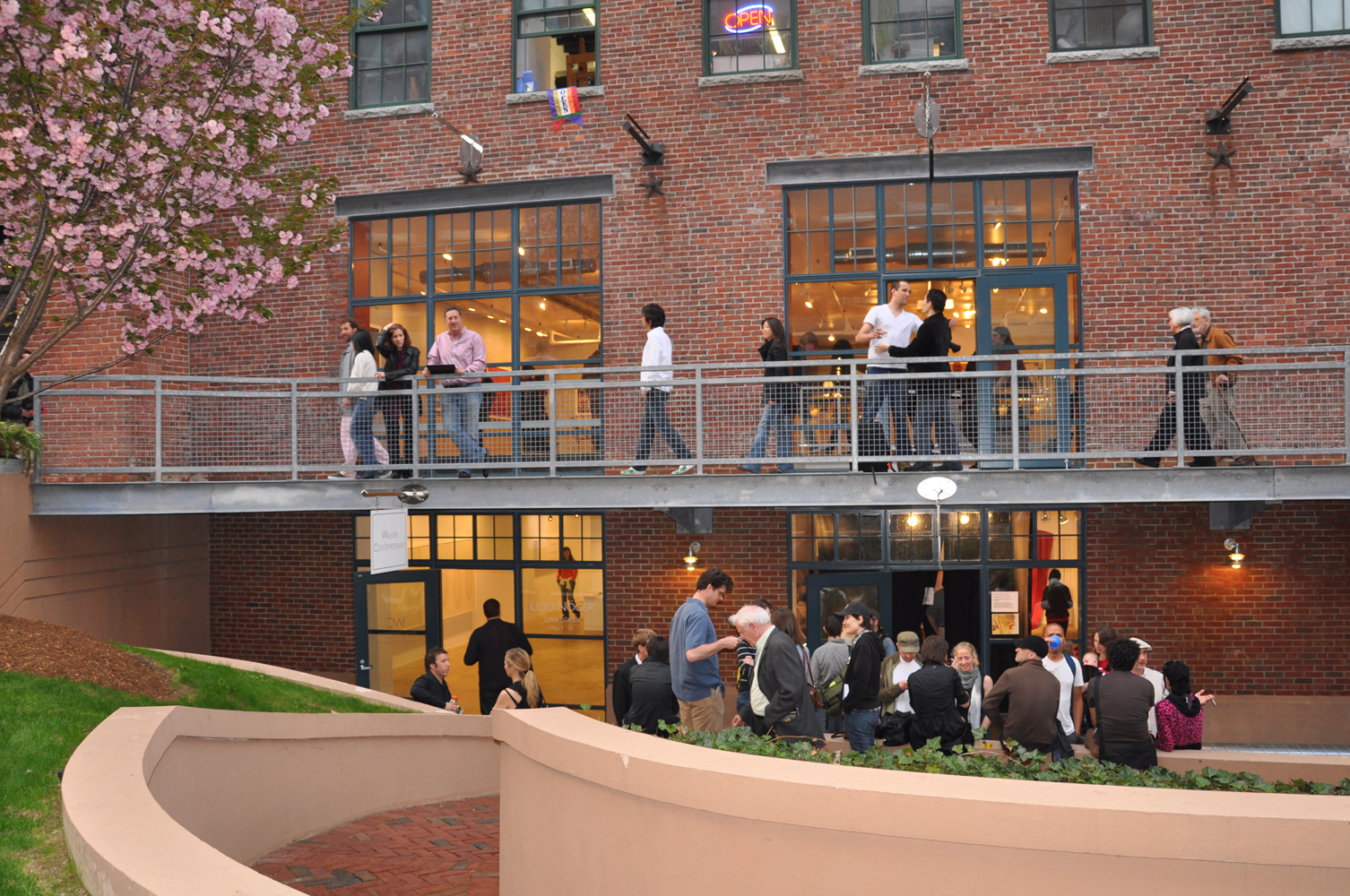
Boston is nurturing a budding gallery scene, most evident in the South End. From the former factories and warehouses on Harrison Ave, or SoWa (So-uth of Wa-shington) if you prefer, artists have carved out studio and gallery space. On the first Friday evening of every month, the SoWa Artists Guild hosts a popular open studios event, drawing as many as 1000 curious onlookers to hobnob with the artists and peruse their work. SoWa Sundays (sowasundays.com) is another lively neighbourhood event, with stalls of vintage threads and a farmers market, in addition to many open studios. It runs on Sundays from May to October.
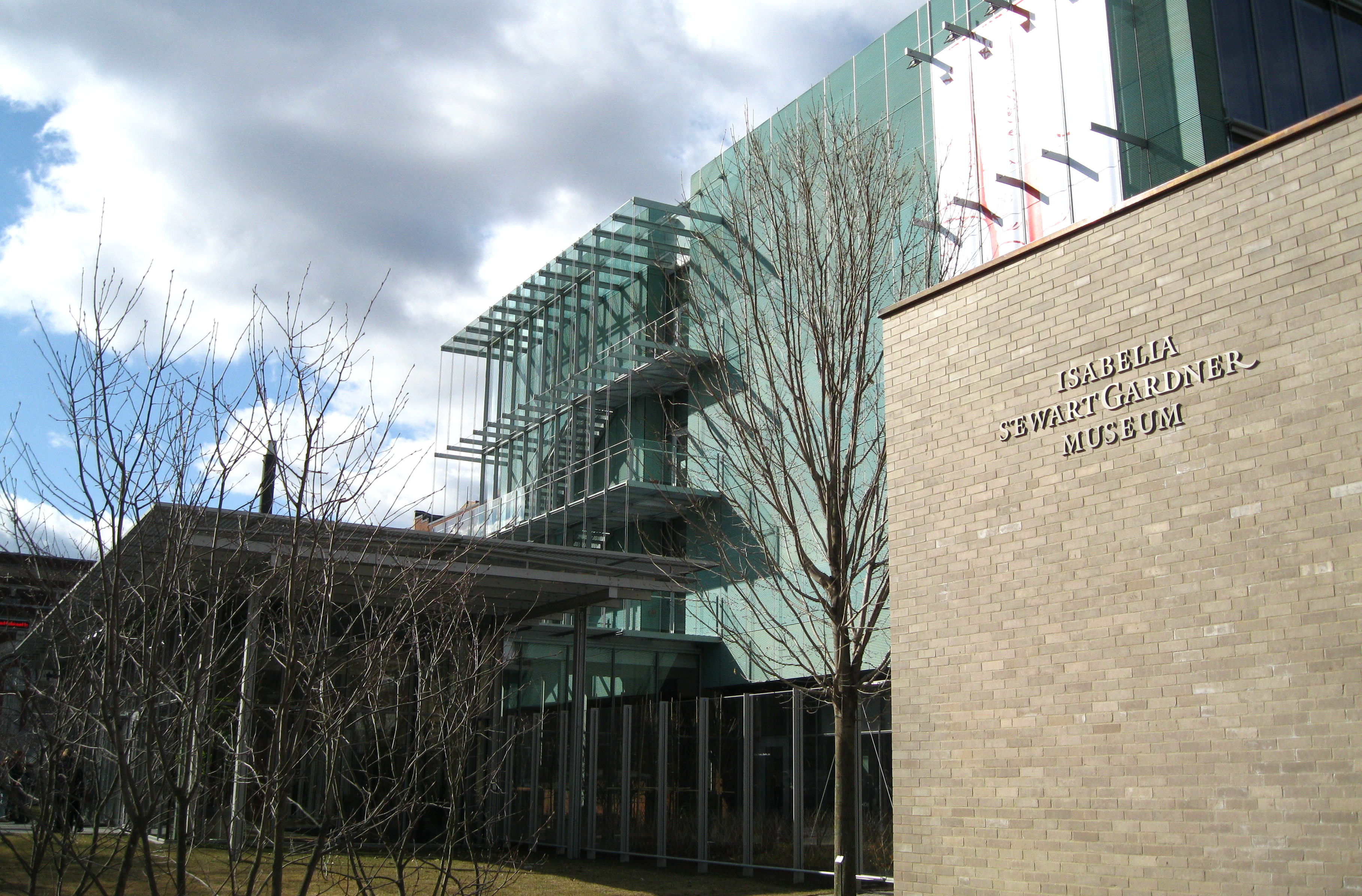
'Mrs Jack' Gardner was a passionate patron of her favorite artists: she even allowed John Singer Sargent to use her palazzo’s Gothic Room as a studio. So it stands to reason that her legacy would include a means of supporting contemporary art.
Ironically, her museum was long famed for its conservatism, in part because Isabella had stipulated that her collection never be altered. This demand is taken seriously, as evidenced by the empty frames that still hang in place ever since their paintings were stolen in an art heist in 1990.
Fortunately for all of us, the museum has found a way to maintain the integrity of Gardner’s original collection, while at the same time furthering her goal of supporting bold new art: an engaging artist-in-residency program. Every year, the museum invites new artists to create and exhibit their work, whether the medium is blown glass and steel, illustrated storytelling or fashion. The exterior's Fitzpatrick Façade also offers a vast canvas for site-specific pieces. All of this creative activity takes place not in the original palazzo, but in an eye-catching glass extension, designed to keep the Gardner Museum vibrant and relevant throughout the 21st century and beyond.
As with all things, Boston’s artistic endeavors are richer thanks to local universities. The Massachusetts Institute for Technology abides by a progressive 'percent-for-art' program, which allocates 2% of every new building project for art acquisition. The result is a campus that is littered with murals, sculptures and other public art. Wandering around campus, don’t be surprised when you stumble upon stunning pieces by Alexander Calder, Henry Moore and Pablo Picasso, as well as 21st-century artists.
Also on campus, the List Visual Arts Center explores the boundaries of artistic inquiry by using art to ask questions, not only about aesthetics, but also about culture, society and of course science. Rotating exhibits push the contemporary art envelope in painting, sculpture, photography, video and just about every other medium imaginable.
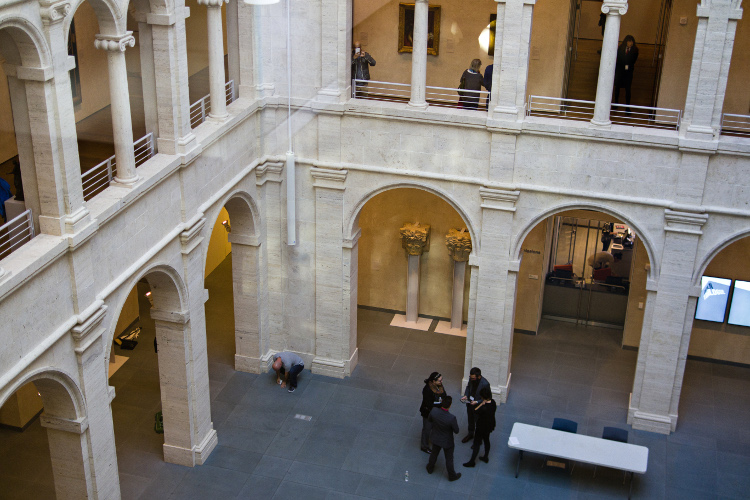
Across town, the city’s newest artistic institution is the Harvard Art Museums project, which brings the university’s three diverse collections together under one fabulous roof. The collections – focusing on Asian, European and Germanic art – are not new, but the Harvard Art Museums have created an invigorating setting where students, faculty and artists can study, learn from, and build on the artworks in the collections. Temporary exhibits in the teaching galleries showcase the results. It’s a real laboratory for the arts, which complements and enhances the artistic awakening taking place all over Boston.